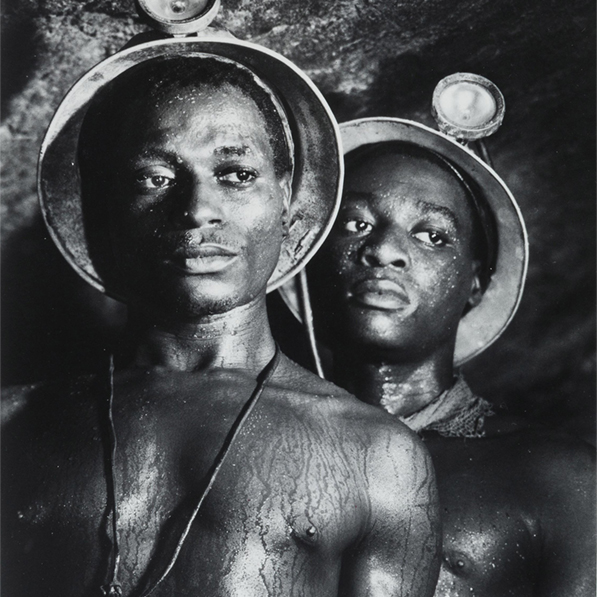The following is a guest post by Mari Nakahara, Curator of Architecture, Design & Engineering, with Micah Messenheimer, Curator of Photography, Prints & Photographs Division, talking with researcher David R. Hanlon.
I am always grateful when researchers discover treasures in unprocessed collections, the contents of which have often not been fully explored. Professor David R. Hanlon of St. Louis Community College will talk about his recent finding of thirty-three salted paper prints by Ernest Benecke in our Richard Morris Hunt Collection.
Mari: What have you been researching?
David: For some years I have been studying source material and artifacts to complete a biography of Leavitt Hunt (1830-1907), who—along with his friend Nathan Flint Baker (1820-1891)—were the first Americans known to make photographs in Egypt and the Holy Land. Creating a catalogue raisonné of the images that they made during their 1851-52 journey has also been an important component of this research. The Richard Morris Hunt Collection in the Prints and Photographs Division contains the largest collection of surviving prints that were made by Hunt and Baker. Additionally, photographs that Leavitt and his brother Richard collected from others working at the same period in Egypt, Italy and France provide many insights to how these Americans were connected with the earliest circles of artists who were exploring this new visual medium as an expressive and communicative tool.





 Left: Maison Caire sur L’Esbekieh
Left: Maison Caire sur L’Esbekieh